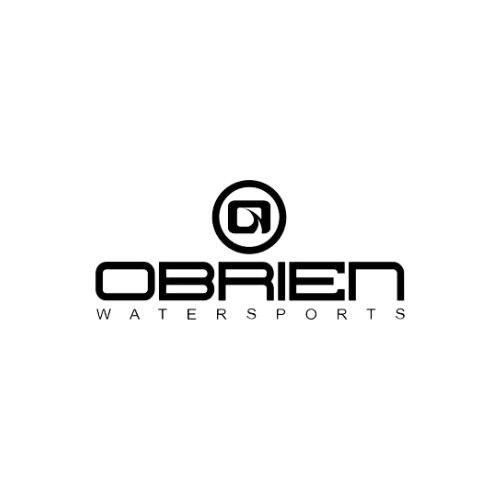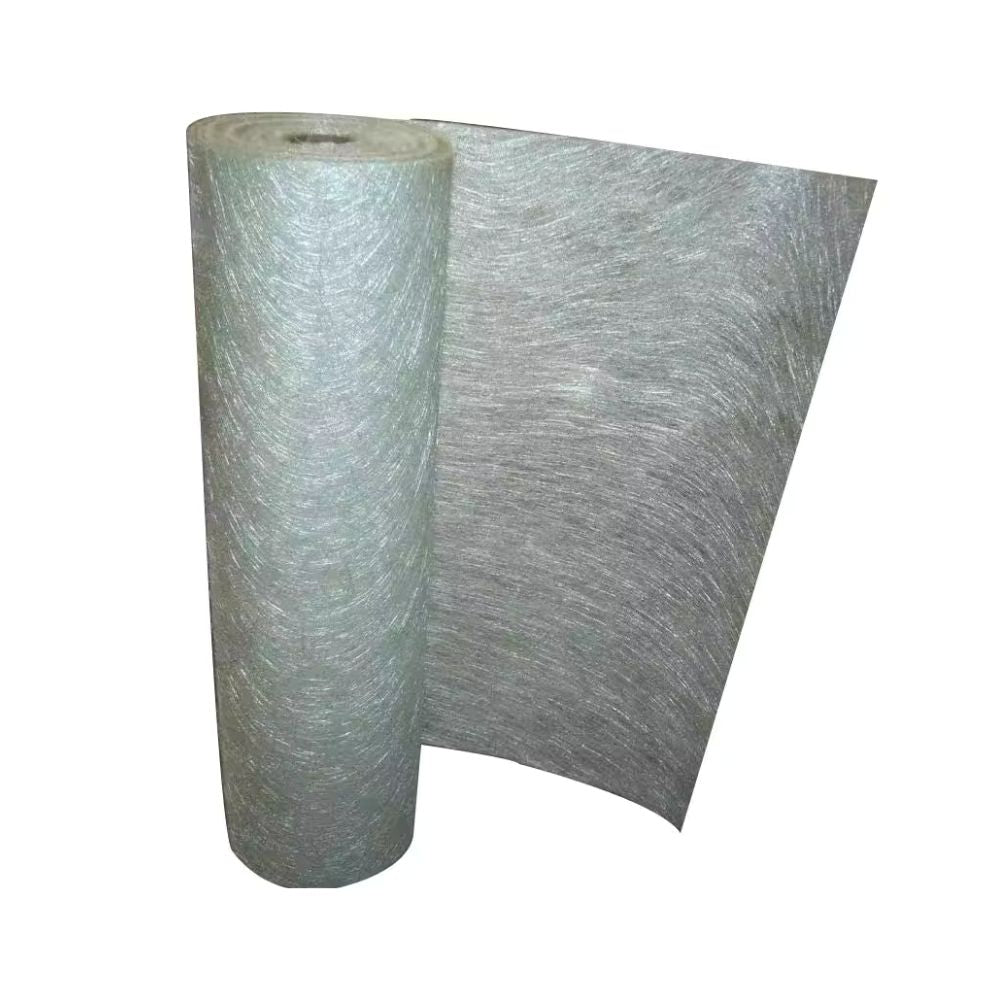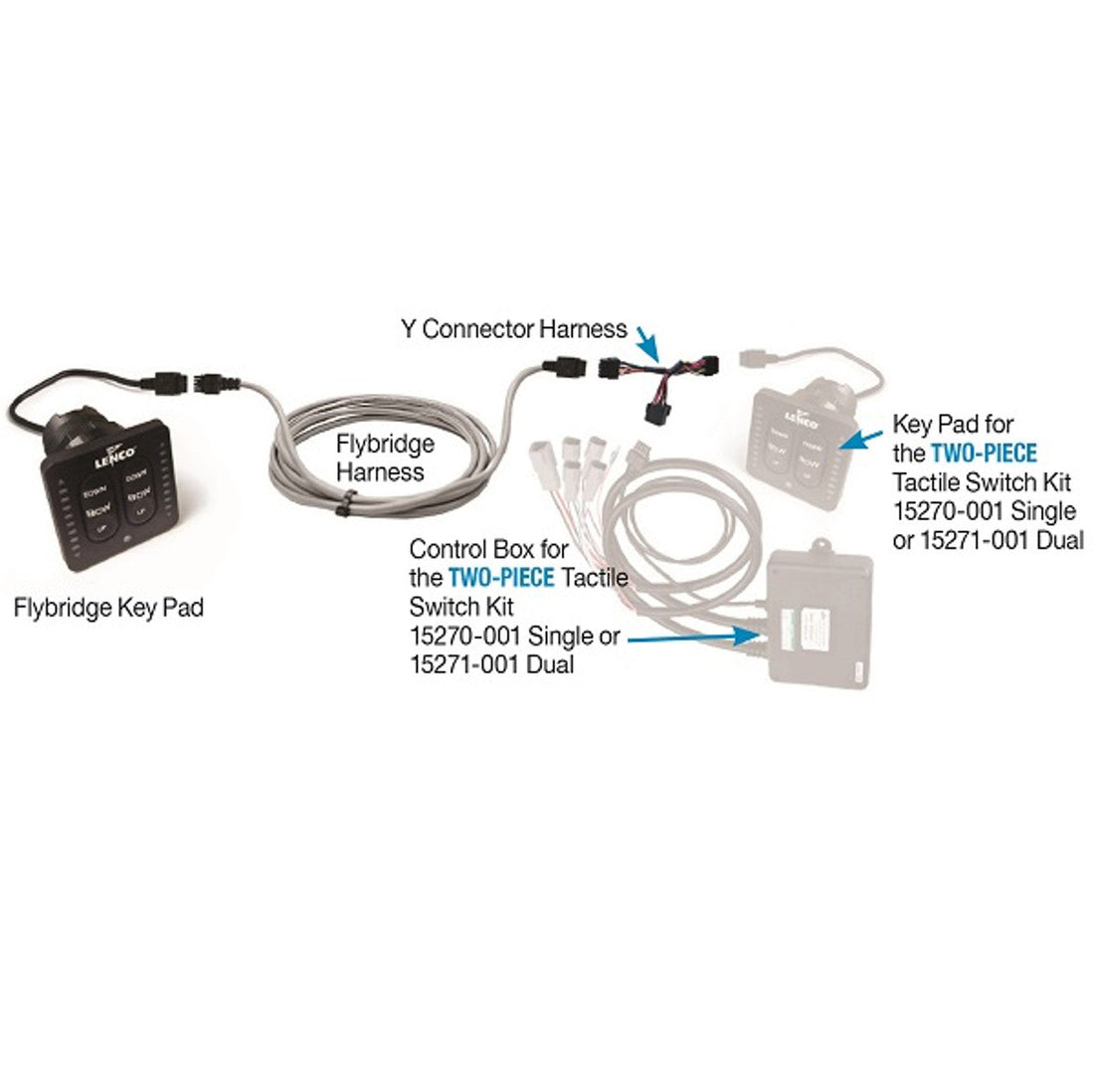
A Simple Guide to Wiring Your Boat
Important Safety Note
Before we begin, it's crucial to have some experience with electronics. Incorrect wiring can lead to serious issues. If you're unsure or inexperienced, it's best to consult a professional.
Understanding the Basics
We’ll start with a simple wiring diagram and a breakdown of the essential accessories on a basic boat. Feel free to pause the video at any point to examine the connections closely. We'll go wire by wire for clarity.
Step-by-Step Wiring Guide
Battery to Fuse Box
- Connect the battery to the fuse box, ensuring the correct polarity—positive to one side, negative to the other.
- Always make connections before attaching the battery, or connect the negative terminal first.
Engine Wiring
- Attach the red wire to the battery’s positive terminal and the black wire to the negative terminal.
Electric Engine Setup
- Use the recommended gauge wire for your electric engine.
- Install an auto-reset circuit breaker on the positive line as specified by the manufacturer.
Fish Finder Connection
- Connect the fish finder to the “always on” fuse box so it remains operational even when the ignition is off.
Water Pump Wiring
- Connect the fuse box’s positive terminal to one of the float switch’s wires.
- Attach the other float switch wire to the pump’s positive terminal.
- Connect the pump’s negative terminal to the fuse box’s negative side.
Ignition System and Related Wiring
Ignition Key Wiring
- Link the battery’s positive terminal to the ignition key’s off position.
- Connect the ignition fuse box (WIT-ING) to power accessories only when the key is turned.
- Complete the circuit by connecting the negative terminal to the battery.
Starter Engine
- Typically, this wire is yellow with a red stripe. Turning the key will engage the starter, just like in a car.
Kill Switch
- Usually a black wire with a yellow stripe. It must be grounded to the negative terminal of the battery.
Wiring Gauges and Sensors
Gauge Wiring
- Connect all power in parallel and ground the gauges.
- Wire the gauge lights (green in the diagram) and add a switch for control.
Fuel and Temperature Sensors
- The fuel sensor wire connects to the fuel sensor.
- The temperature sensor wire links to the engine’s temperature sensor.
Lighting System
Stern Light
- Connect the stern light to the “always on” fuse box with a switch so it can remain on even when the engine is off.
Navigation Light
- Wire the navigation light to the ignition fuse box, as it is only needed when the engine is running. Install a switch for easy control.
Final Thoughts
At this point, you’ve got a full network of wires running through your boat! Hopefully, this guide helps you understand your boat’s electrical system better. If you have any questions or need additional guidance, feel free to reach out.
Stay Connected!
Thanks for following along—happy boating! 🚤
Prev post
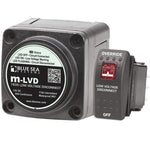
How to Install a Battery Switch
Updated on 02 November 2024
Next post
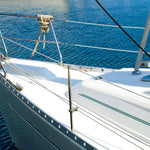
Top Boat Wax and Polish Products Reviewed
Updated on 01 November 2024






